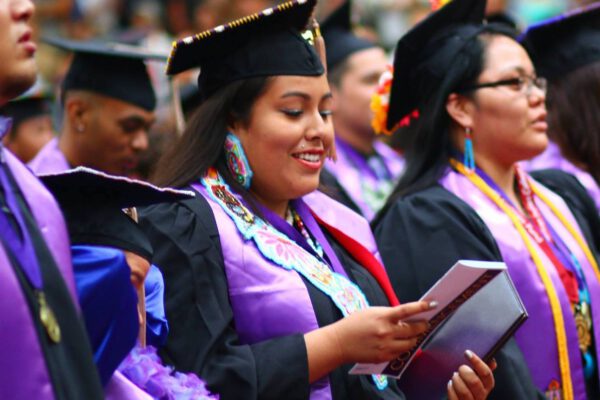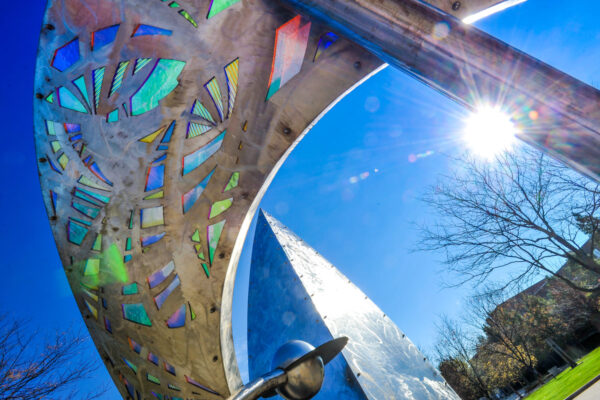ACE2019: Assessing Challenges to the Value of Higher Education From a Journalist’s Perspective
There hasn’t been a hotter topic in higher education circles over the past several years than whether the public no longer believes that a college education is worth the cost—or at least as a good a value as in years past—and if so, why? And what can be done to demonstrate to Americans that by any standard, the average person with a postsecondary degree is better off than someone without one?
Gathering at ACE2019 to assess these questions from a journalists’ perspective were three veteran reporters: Kaitlin Mulhere, projects editor for Money magazine; Eric Stirgus, education reporter for the Atlanta Journal-Constitution; and Alia Wong, staff writer for The Atlantic. Kim Clark, assistant director of the Education Writers Association, the organization that hosted the session, moderated, and the strategic communications firm RW Jones Agency was the sponsor.
Clark kicked off the standing-room only session by joking that she appreciated attendance at an event featuring “enemies of the people,” but quickly noted that “we like to think of ourselves as ‘frenemies.’” She noted that not all coverage of colleges and universities is negative, that many media stories focus on the positive impact of higher education on individuals and communities. At the same time, research shows that Americans do have misgivings in areas such as college cost.
Mulhere said that one of her main assignments at Money is to look at the value of higher education through the magazine’s college rankings, using metrics such as return on investment—what will an institution cost an what will a graduate get in return—and gauging that by assessing quality, affordability, and outcomes.
She noted that a major survey looking at why individuals choose to go to college and what they hope to get out of it have shown for many years that obtaining a better job and making more money are at or near the top of the list. So if the reason for going to college hasn’t changed all that much, why the recent focus on value? It is because even as the average family income has been flat for several decades, the cost of college up significantly.
Stirgus said he looks at higher education from a variety of perspectives, including the state of Historically Black Colleges and Universities and issues such as disparities in what HBCUs receive in private donations compared to non-minority serving institutions and the impact of state funding cuts.
Wong said one way her publication has been looking at higher education value is by asking why is higher education in the United States so expensive and what are students really paying for? That produced a series with a provocative name, The Great College Rip-Off, which includes a story Wong wrote comparing the cost of prestigious private institutions in the United States with similar institutions abroad.
What about the issue of ongoing state disinvestment in public higher education as the major factor behind increased tuition at state colleges and universities, the reporters were asked. Could the media do a better job communicating that problem to the public?
Perhaps, the panel responded.
Stirgus noted that he has written about deep cuts to funding for public higher education in Georgia. Mulhere said it might be valuable to examine the issue by asking people who have heard about state disinvestment in higher education and are concerned about the impact whether they would be willing to pay higher taxes to increase state funding.
—Jonathan Riskind
If you have any questions or comments about this blog post, please contact us.

